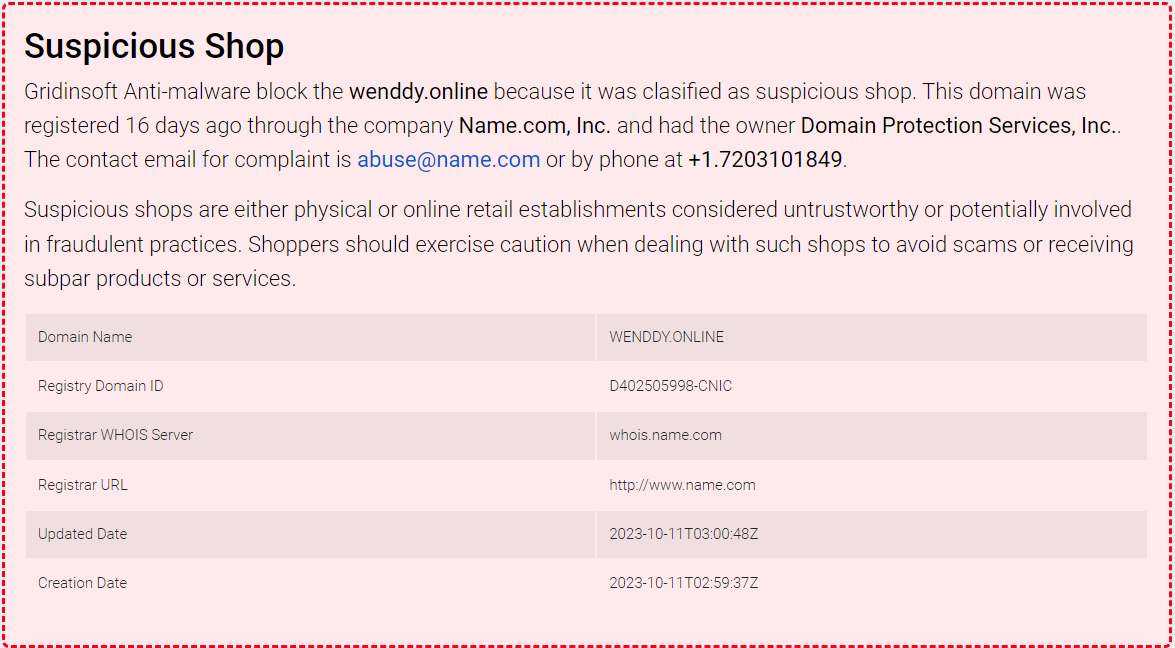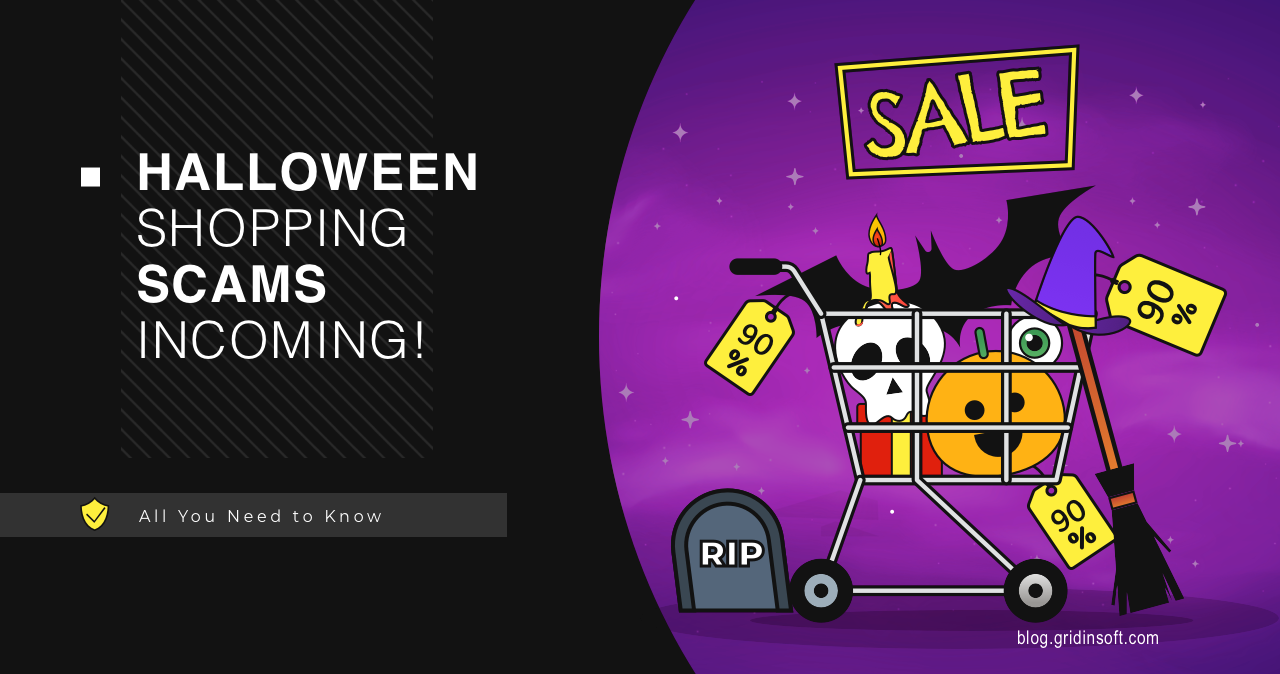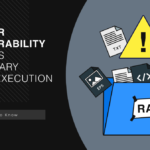2023 Halloween, similarly to other holidays and events of this year, will likely become a topic of a huge number of shopping scams. Con actors create websites that offer purchasing various thematic goods at low prices, while in fact they simply take your money and vanish.
What are online shopping scams?
Online shopping scams are what it sounds like. Websites, often poorly-made or copying each other’s designs, offer absolutely anything for sale. Some of them are dedicated to a certain topic, some are not, but all of them boast of huge – up to 90% – discounts. To attract users even more, sites offer free delivery for orders that exceed $50-70.
But, as you may guess, none of these claims are true, including even the goods from the website. People who ordered from these sites either do not receive the order at all, or have low-quality/irrelevant item delivered. Additionally, there is a suspicion that an ongoing “USPS delivery failure” scam campaign uses personal data leaked from these sites.
Shopping scam sites often adjust their themes corresponding to the current events. In May, after the Bed, Bath & Beyond bankruptcy, rascals began opening “Bed Bath & Beyond stock liquidation” sites. Upon financial troubles of the UK-based retailer Wilko, they began to mimic this retail chain as well. Other retail chains that do not have such troubles are copied, too, just without a notice about stock liquidation.
Halloween Online Shopping Scams – What to Expect?
Well, based on what I have seen under the mentioned cases of Bed, Bath & Beyond and Wilko, it is possible to predict some of the features of the scams to come. As usual, they will boast of huge discounts and free delivery for the orders over 5 cents. Local concentration of Halloween scams though is not tied to a specific brand, thus I expect to see them targeting users in both Americas, Europe and the UK.

Another edge of the story is the way cheaters will promote these scams. The majority of fraudulent shops usually use advertisements on Facebook or sites that do not filter the content they promote. This time, things won’t be much different – most likely, these “halloween discounters” will promote themselves with slogans like “purchase the Halloween stuff you’ve missed so far!”.
Actually, a couple of scams on this topic appeared back in late August. Possibly, they tried to play on folks who are going to have all things bought in advance. Though, these early hatchlings can give quite a good depiction of a Halloween-themed scam website.
How to protect yourself?
Being aware of ongoing scam campaigns already makes it harder for scammers to steal your money. Nonetheless, they constantly try to make their phishing place better. More realistic claims, less discounts, less templated websites – it may be not that easy even for experienced users to uncover the scam. Nonetheless, there are a couple of signs that fraudsters can never get rid of. Let me explain each one.
Recent registration date. Why would a long-running retail chain establish a separate site for Halloween items? Most scam sites, even those who do their best to look genuine, are registered less than a month ago. Keeping them up for longer in idle mode, just to clear up the image, cuts possible profits, while active scamming ends up with a domain ban rather quickly.

You can check the date of domain registration on any domain lookup utility available online. Using Online Website Checker, you can also see the status conclusion from our network filter.
Dubious URL. As branded or harmonically-looking domain name costs quite a penny, frauds are off to use URLs like stremgtvs.com or sadnfqemma.com. Obviously, none of legit shops will ever stick to such a name – it is just irrelevant for building their brand image. Another element to watch out for is the domain name zone. Con actors typically opt for cheaper ones, like .xyz, .shop, .site and the like.
Absence or scarce support options. This is yet another thing that goes from the purpose of the site. Genuine shopping websites will offer to contact support via email, sometimes even several ones, catch them on a phone, or even in a live chat. Scam sites will most likely end up with a single address that will never respond. In some cases, crooks use a single “support” email address that remains the same for different scams. This makes it possible to track related scam sites with a simple Google search dork.
Offers to use an untraceable/uncontrolled payment method. This is a rare occurrence, and it obviously requires you to go further into the scam. If the available payment methods are crypto transfers or Venmo/CashApp payments, be sure that you’re facing a scam. While being used in a number of benevolent businesses, these payment methods are either untraceable or do not suppose any returns. This implies that once your money is out, that’s no way back – quite a suitable option for fraudsters.





